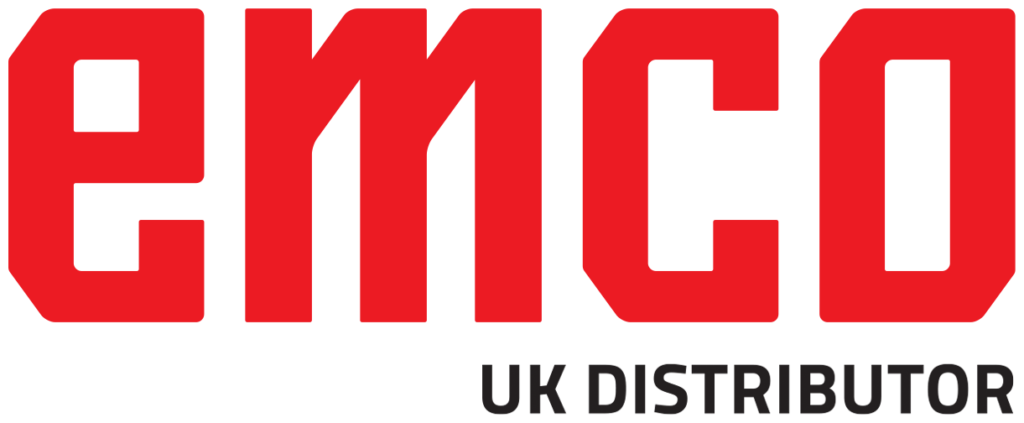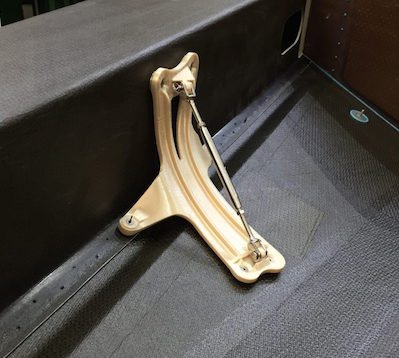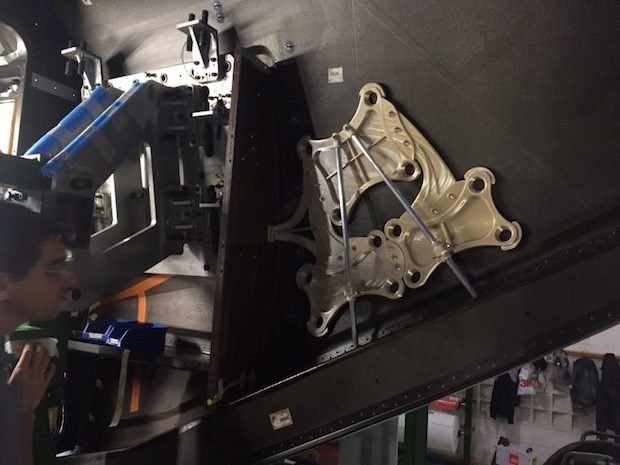Indaero, a Spanish aerospace and engineering company, has secured a deal with multiple Tier 1 and Tier 2 Airbus suppliers after it has successfully used FDM 3D printing to produce complex tools.
The company manufactures aircraft panels for key customers in the aerospace industry, as well as offering design, engineering, tooling, welding and painting services. After investing in a Stratasys Fortus 450mc Production 3D Printer, Indaero has been able to expand its offering to include lightweight tools with complex design that aren’t easily manufactured with traditional methods.
Manufacturing several production tools, Indaero is enjoying the ability to quickly design and produce complex curved geometries required to achieve the intricate shapes of the aircraft panels. Prior to its adoption of 3D printing, the company was forced to produce flat shapes which could affect the performance of the tool during its affixation to the panel by workers. Now though, with the Fortus 450mc and ULTEM 9085 material, also developed by Stratasys, Indaero says it is providing an even better service to its clients.
“Aerospace is unlike other industries, producing high volumes of tools,” said Dario Gonzalez Fernandez, CEO of Indaero. “To traditionally manufacture production tools, injection moulding or CNC machining would be used, but this would be very time-consuming and costly. With our Fortus 450mc 3D Printer we can service low-volume production quickly and cost-effectively, producing many different tools on-demand to accelerate the manufacturing process and ensure we meet customer delivery deadlines.
“The importance of the ULTEM 9085 material cannot be understated either. It has become an integral part of our production process, as it is certified for aerospace and well known by our customer, Airbus for a number of aircraft applications. With its unique combination of high strength-to-weight ratio and FST (flame, smoke, and toxicity) certification, we can 3D print robust, lightweight tools and respond to short run production of flying parts if required – giving us a unique advantage versus competition.”
Indaero has been harnessing the 3D printing technology to optimise a series of production tools for the manufacture of an Airbus NH90 Helicopter for Aernnova. One of these tools will be used to fix a slide box onto the interior panel of the helicopter wing. Traditionally, a tool of this kind has weighed around 12 kilos and required two operators to hold it in place against the panel while drill holes are marked. With the 3D printer in-tow, Indaero re-designed the tool with a curvature that perfectly fit the panel structure, weighing nine kilos lighter and capable of standing on its own. It’s this kind of enhancement that has Indaero thinking it has an advantage over its competitors, and is set to ensure better productivity for Airbus suppliers.
“The 3D printer has been a game-changer for us,” Gonzalez said. “The ability to 3D print curved production tools in robust materials made us realise the importance of having tools that perfectly fit the panels. Not only does it make the work of our operators much easier, it frees up resources and increases our overall productivity. This improvement was immediately recognised by a number of leading Airbus providers, such as Aernnova, who previously worked with our competitors and whose business we have subsequently secured.”
“FDM has long been an additive technology of choice for the aerospace industry, particularly for customised tooling applications,” added Andy Middleton, President EMEA, Stratasys. “Companies such as Indaero are leveraging high-performance materials, such as ULTEM 9085, to produce lighter weight, better performing tools on the production floor in less time and cost. It’s no surprise that these future-ready companies are improving business performance as a result.”



